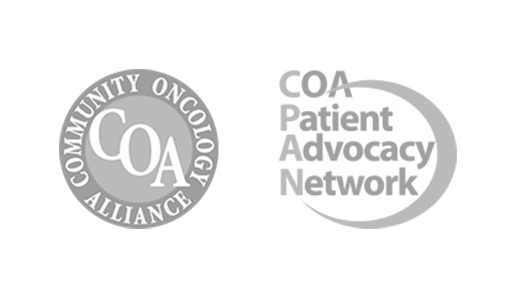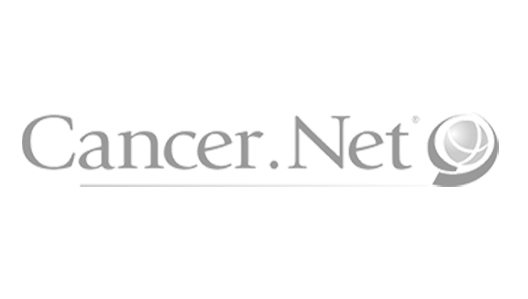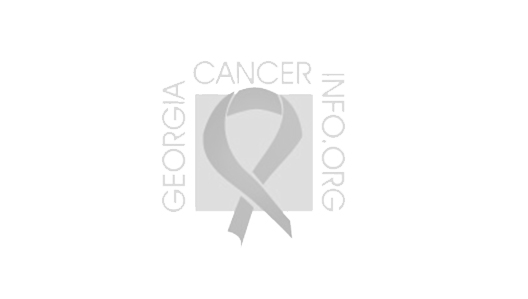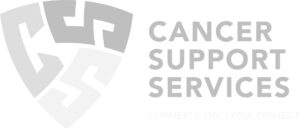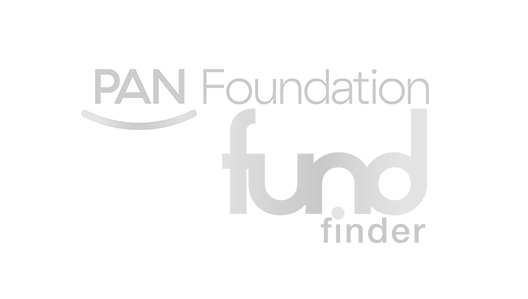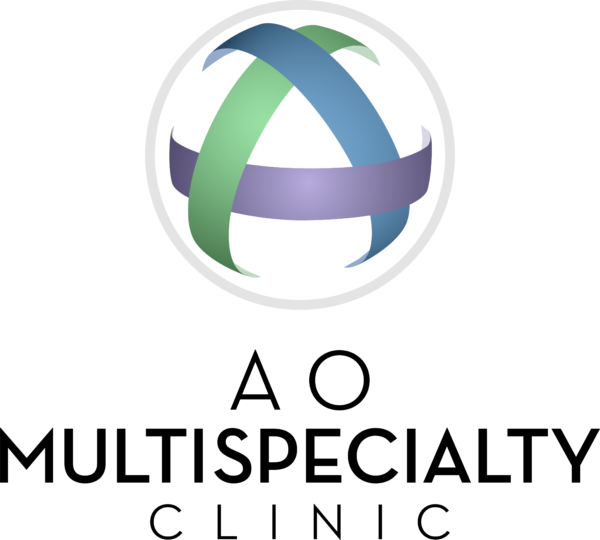Potential Warning Signs of Breast Cancer You Should Not Ignore
Cancer screenings are important. In 2017, The National Cancer Institute estimates there will be over 1.6million new cases of cancer diagnosed in the United States, and they predict over 600,000 people will die from the disease.
Of these new cases of cancer, the most common type of cancer on the list is breast cancer, with estimates of more than 250,000 new cases in the United States for 2017.
With such overwhelming statistics and the fact that around 1 in 8 women in the US develop breast cancer, it’s never been more critical to understand why breast cancer screenings are so important.
In this article, you will learn of some of the potential warning signs of breast cancer including:
- The effects of breast cancer
- The different types of early warning signs
- The benefits of breast cancer screenings
- What should you do if you find early warning signs
If you have any questions or concerns after reading this, please get in touch today.
What Is Breast Cancer
Before we go into more detail about the types of early warning signs, let’s briefly touch on what breast cancer is. Breast cancer at its most basic form is when cells in the breast start to grow out of control.
These cells often form into a tumor that doctors can see in x-rays or are more commonly felt as a lump. Health professional class tumors as malignant (meaning cancerous) if the cells are able to invade surrounding tissues or metastasize (spread) to further areas of your body.
It’s very rare for men to contract breast cancer as it is almost exclusively found in women, but it is possible.
The Different Types of Early Warning Signs
With breast cancer being the leading cause of cancer in the US according to the National Cancer Institute, it’s critical that you understand the different types of early warning signs, to know if you should look into cancer screenings.
To avoid delayed breast cancer diagnoses, you need to watch out for more than just hard lumps. Here are some of the different types of early warning signs for breast cancer.
Hard Lumps in Your Breast
Lumps in the breast are the most common and most well-known sign of breast cancer, usually felt under the surface of the skin deep in the breast. You can sometimes find that these are too small to feel.
Most doctors recommend if you have access to breast cancer screenings, to use them. If you do locate a small lump in your breast, don’t ignore it. The sooner a doctor finds the tumor, the more curable it is.
Changes to the Shape or Size of Your Breasts
It’s very common to have one breast a different size to the other. If one breast does change size, swells, flattens or drop unexpectedly and this goes on beyond your regular period, you should bring this up with your doctor.
Any New Moles Including a Change to an Existing Mole
Moles are often reported as an early indicator of breast cancer. Studies have shown that women who had ‘very many’ moles had a 13% higher risk of contracting breast cancer than women who had no moles.
Changes to Your Nipples
Often, changes to your nipples can be an early sign of cancer. If your nipple becomes sunken, it may be worth looking into screenings.
Retracted nipples can be a healthy shape for a breast, but if you discover any changes in your nipple such as:
- Flattening
- Changing
- Turning inwards
These could be signs of a new tumor, pulling the nipple towards it from underneath.
Other changes to look out for in your nipple can be any unexpected fluid. Any types of discharge from your nipple that are watery, bloody or milky are quite common with developing breasts, pregnancy, breastfeeding or an infection.
Should you discover any fluid leaking outside of these changes, you should consult a doctor as it could be a sign of breast cancer.
Changes to the Skin on Your Breast
There are a number of different changes that can happen to the skin on your breast, for early detection of cancer look out for these different changes. Your skin swelling and changing in texture can be a sign of inflammatory breast cancer.
Commonly referred to as ‘peau d’orange‘ this is when your skin swells and hair follicles look like small dimples resembling that of an orange peel. This type of cancer causes swelling and redness by blocking the flow of lymph in the skin.
Make sure you get a doctor to look at other changes in your skin texture such as skin sores like peeling or flaking that doesn’t heal. Sometimes looking like a patch of eczema, advanced cancers can break down skin forming an open wound.
If this happens in almost all cases, your breast will also have hard tissue underneath.
Redness or Hotness to Your Breast
More often than not this type of symptom relates to an infection or a skin symptom and is quite common for breastfeeders. If you find that antibiotic treatments don’t change the symptoms, it can be an indication of inflammatory breast cancer.
This type of cancer is readily detectable in screenings and works by stopping the flow of lymph in the breast. This time, however, you will not usually find a hard lump.
Paget Disease or Nipple Crust
Paget disease is a rare form of breast cancer that works by affecting the ducts of the nipple first and then later spreads to the nipple surface and areola. This can create a scab or crusty exterior on the nipple that can be sore.
Thick Area of Skin on Your Breast
If you discover a part of your breast that feels thickened or there is a lump in the breast consider taking action. Although it can often be a normal part of menstruation or breastfeeding, if you find it doesn’t disappear or it gets larger, it could be a sign of breast cancer.
The breast tissue thickens when blood and lymph circulation in the breast stop, this is usually caused by the cancer cells blocking the flow, or if a tumor is underneath the skin.
The Benefits of Breast Cancer Screenings
When you consider how many different signs there can be of breast cancer, and how many people it effects it’s worth looking at the benefits of what breast cancer screening can do for you.
The goal for many women when pursuing mammograph screenings is to catch cancer early. Early stage cancers are much more straightforward to treat than late-stage cancers, the chances of survival are phenomenally higher.
Interestingly, The American Cancer Society recommends women 45-54 should get screened every year. The National Comprehensive Cancer Network recommends beginning every year starting at 40.
It might then surprise you to find out that only 65.3 percent of women over the age of 40 have had cancer screenings within the past two years.
Breast cancer screenings can detect a lump long before you can feel it yourself. Studies have also shown that mammography has helped to decrease breast cancer mortality.
In randomized control trials, looking at women aged 40 to 74 years old, researchers associated screening using mammography with a 15 to 20 percent relative reduction in mortality related to breast cancer.
What to Do If You Find Early Warning Signs
This article should give you an idea of the early warning signs to look out for and hopefully, you do not have any of the above symptoms that could leave you at risk. Should you find you do have any of some of the early warning signs listed above, there are a few steps you can take.
Contact Your Doctor
If in any doubt about your health or well-being the first point of call should be to consult your local doctor and get a professional opinion.
Consider Breast Cancer Screenings as Soon as Possible
Even without warning signs, it’s still a good idea to get regular screenings, especially if you are over the age of 40. Should you have any of the potential early warning signs listed above, a breast cancer check could help to identify cancer early.
Make sure you prepare and know what to bring to any checkup appointment.
Speak to Friends or Family
When discovering potential early warning signs of cancer, it can be a scary time. Make sure not to keep any concerns to yourself and share with a family member or friend.
Don’t Put Yourself at Risk
When it comes to cancer, and breast cancer individually there are far too many instances of missed early diagnosis. These often can be due to not understanding the risks or not knowing what to look for with early detection.
You only need to look at stories like Krista’s to see how crucial regular checks are. Doctors diagnosed Krista with breast cancer after undertaking a routine mammogram. At 46 she had had them yearly since she was 36.
Krista thought that a cancer diagnosis meant you were going to pass away, after losing her mother to lung cancer in April 2007. Luckily due to early detection, she recovered from her cancer and is now living cancer free.
If Krista’s story tells us anything it’s that you can never be too careful, make sure you aren’t taking any unnecessary risks and consider breast cancer screenings, just to be sure.

